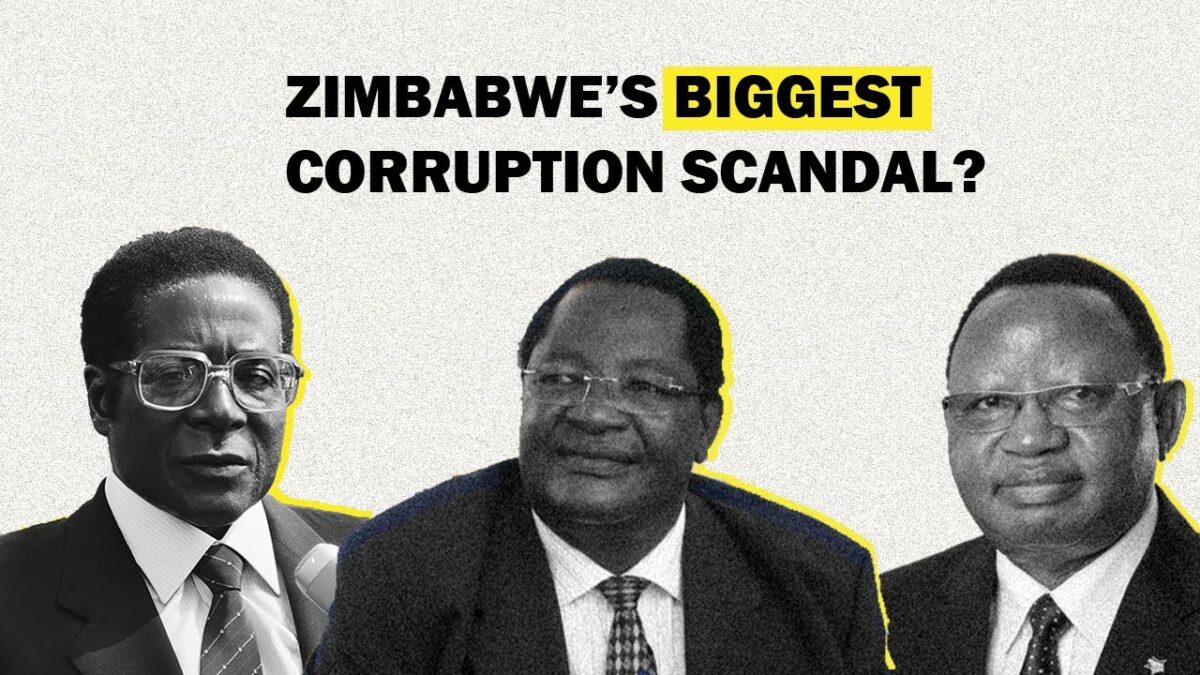
Published: April 8, 2025 | By Sevenza Business News
In the golden days of YouTube, creators earned their keep by offering genuine value—tutorials, insights, storytelling, even entertainment that respected your time. But in 2025, the landscape is starting to resemble the digital version of a Wild Wild West, where clickbait is king and content quality is increasingly an afterthought.
If YouTube were a country, it would be an empire in freefall, maybe the Musk and Trump USA. Once celebrated as the world’s most democratic platform for education and creativity, it is now overrun by digital gunslingers who peddle sensationalism, strange conspiracies, and low-effort content disguised as insight.
Scroll through your homepage today and you’ll see a barrage of over-the-top thumbnails, with titles like “I QUIT FOREVER! ” or “You Won’t Believe This Billionaire’s Secret…”, and videos that promise much but deliver very little—sometimes nothing at all.
Now scroll through the trending tab and you’ll find
- A Traoré video claiming “he predicted the fall of NATO” because of a dream involving mangoes.
- A Blessed Geza livestream explaining how aliens are secretly living in Victoria Falls and teaching cows how to code.
- And perhaps the oddest of all, Guilt + Glory + Redemption – What makes these videos irresistible is the emotional rollercoaster. They speak to shared African experiences—strict teachers, hard schools, and the unspoken hope of “making it” and giving back. Even when exaggerated, they tap into deep wells of nostalgia and justice.
These videos usually follow the same script: He used to beat me for failing math… Now I’m a billionaire. I FOUND HIM UNDER A BRIDGE Or… I became PRESIDENT. Then I hired my old teacher to clean my shoes… but WAIT.
The comment sections overflow with emotion:
“I cried watching this. My Grade 5 teacher deserves this too.” “Even though it’s scripted, the message hits home.”
This isn’t satire. It’s the current state of YouTube, and for genuine creators, it’s suffocating.
The AI Thumbnail Invasion
And now, a new player – AI generated images with bizarre, misspelled, unhinged captions. This trend deserves its own museum. Creators are now using AI art generators to produce surreal thumbnails—sometimes beautiful, sometimes horrifying—and pairing them with hilariously broken text that somehow grabs more attention than professional designs ever did.
You’ve probably seen them:
- A man half-cyborg, half-mango, sobbing in a desert with the title:“TRAORI DREAMT THIS IN 2016 (PROFEECY COME THRU)”
- A teacher standing in a burning classroom while coins fall from the ceiling:“HE RESKUE HIZ TEECHER FROM DRUNK & ASH”
- A crying R. Kelly (or an AI version of him) singing to a goat with angel wings:“KELY TELL US THE TRUT ABOUT VIBRATION POLITICS”
- A student-turned-president handing a textbook to a dog in a suit:“TEACHER MEET PRESDENT DOG—REAL LIFE STORRRY”
Worse more, the “Teacher Rescue” genre now blends with AI madness. Some creators are scripting emotional reunions using deepfake voices and animated AI faces. One video features a student who becomes president, finds his homeless teacher, then makes him Minister of Homework. It ends with the teacher launching a startup called “ChalkCoin.”
The Rise of ‘Attention Hacking’
The game has changed. YouTube’s algorithm rewards watch time and clicks, not necessarily quality or originality. That has created an incentive structure where creators are rewarded more for holding your attention than for saying something useful. The result? An explosion of content that’s heavy on drama and light on value.
This phenomenon has been dubbed “attention hacking”— an art of manipulating human psychology through exaggerated thumbnails, suspenseful intros, and empty repetition to maximize ad revenue. YouTube’s algorithm rewards two things: clicks and watch time. It doesn’t care if you’re uploading a brilliant documentary or whispering nonsense in a banana costume. If viewers click and stay, the algorithm boosts you.
That’s why titles like “The World Will End in 2 Days (TRAORÉ Was Right Again!)” are popping up everywhere, even if the actual video is just ten minutes of stares, vague gestures, and recycled X (Twitter) memes. Creators have learned the game: promise shock, deliver little, repeat often.
“We’re not creators anymore,” says one disillusioned YouTuber. “We’re dopamine dealers fighting for survival.”
Is YouTube Turning Into Digital Junk Food?
Just as processed snacks offer quick satisfaction with no nutritional value, many trending YouTube videos serve mental fluff—quick hits of curiosity, emotion, or controversy—leaving the viewer intellectually hungry minutes later.
This trend is not just bad for viewers. It’s squeezing out educational, investigative, and creative content that once defined the platform. Channels focusing on science, in-depth business analysis, or thoughtful storytelling now struggle to compete against the sea of staged drama and vague promises.
For entrepreneurs and educators genuinely trying to build audiences, the noise is deafening. A startup sharing useful tips about renewable energy in Kenya might get buried beneath content titled: “GEZA FOUND THE SECRET TO FREE SOLAR ENERGY (But They Won’t Tell You!)”—which turns out to be a slideshow with a techno beat and flashing text.
Should YouTube Step In?
YouTube is no longer just a platform—it’s an ecosystem where absurdity and authenticity share the same stage. It has become a primary information source in Africa and globally. For many, it replaces formal education, news outlets, and mentorship. But if the dominant content is misleading, empty, or outright absurd, what happens to the audience’s understanding of the world? More dangerously, misinformation wrapped in comedy or music is harder to detect and easier to share.
So far, Google has taken a hands-off approach. While it enforces rules around misinformation, hate speech, and copyright, it remains mostly indifferent to the rising flood of low-value, high-engagement videos. The reason is simple: those videos make money. Until the economics change—or user behavior shifts dramatically—there’s little incentive for YouTube to clean up the feed.
What Can Viewers and Entrepreneurs Do?
From Traoré’s mango dreams to Geza’s cow coders, the line between creativity and chaos has never been blurrier on YouTube. For investors, educators, and entrepreneurs trying to leverage the platform, this is both a warning and a call to innovate smarter. The current state of YouTube is unsustainable in the long run. As the platform becomes bloated with content that is all sizzle and no steak, user fatigue is inevitable. And when that shift happens, creators and entrepreneurs who chose substance over spectacle will be the ones left standing.
Until the algorithm changes—or the audience demands more—this strange, loud, misspelled world will continue. There will be more Geza prophecies. More Traoré mango metaphors. More teacher resurrections. More AI dogs in suits.
Because in the YouTube Wild West, weird works.
Until then, welcome to the Wild Wild West—bring your own compass.
Discover more from sbnn
Subscribe to get the latest posts sent to your email.








